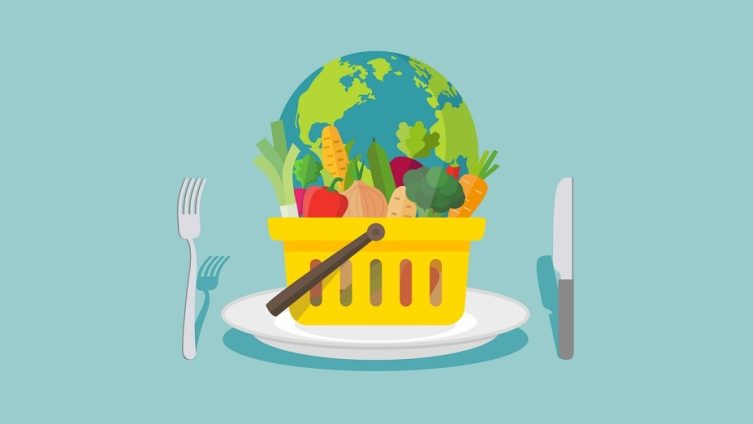The organic food market is growing faster than the grocery trade on average. This bodes well for both present and future organic producers.
-At the moment, just under 12% of Finland’s field area is dedicated to organic farming, and the percentage is growing all the time. The national goal is 20% by the year 2020, so there is plenty of room for new producers out there, says Marja-Riitta Kottila, Executive Director of Pro Luomu, the Finnish Organic Food Association.
An organic food producer is typically a youngish, well-educated and entrepreneurial agricultural professional with a larger-than-average farm.
-Often the decision to go organic stems from a desire to learn new things, to find new challenges and to improve profitability, but usually there’s more at stake than that, such as the farmer’s own health. After all, an organic producer does not need to spray his crops with pesticides and herbicides. Ecological values are also a motivation for many, says Kottila.
Why not?
But as with all good things, there is an upside and a downside to organic food production.
-Many producers are wary of going organic because organic food production is so much more tightly controlled. On the other hand, all food production involves quite a lot of bureaucracy, so paperwork is something that everyone has to think about. We should think of the stricter regulation of organic food production as a quality certification process that authorises farmers to describe their produce as organic. Control is important, because that’s what ensures that organic food is what is says it is, right up until it reaches the consumer, Kottila points out.
Organic food calls for professional skill and planning
-Not everyone has the energy or the enthusiasm to learn new things. On some farms, the local circumstances may not be favourable for organic food production, for instance because of crop rotation, the soil structure or the water supply. Domestic animal farms in particular may face investments that seem too extensive and too burdensome, explains Kottila.
Organic food production is more profitable than the ordinary
Organic food production is challenging but also rewarding. Organic products sell for a better price and qualify for higher subsidies. Organic food producers have enjoyed a higher farm family income and profitability ratio than ordinary food producers on average for ten years running.
-Organic food producers spend less on things like fertilisers and crop protection agents. They fertilise with cattle dung, green manure and nitrogen obtained for free from legumes. Overall, they have lower variable costs, says Kottila.
What’s good for the environment is good for the producer
Organic farming reduces the chemical load on the environment and promotes biodiversity. Crop rotation benefits the soil and eliminates the adverse effects of monoculture. Legumes have deep roots; they loosen the soil and improve its permeability. The soil thus absorbs more water, and this is not insignificant given the unpredictable Finnish summer weather.
Organically farmed fields generate less harmful discharges into waterways. Also, organically raised cattle graze a lot and fertilise their own pastures. Their dung supports a variety of insects that birds in turn feed on.
Consumers value organic
Environmentalism and animal welfare is a present and growing trend in food shopping. Consumers value organic food because it is clean. Low trace amounts compared with ordinary food production are attractive for instance to parents with small children.
-Consumers prefer local, domestic food. Because plant protection agents and chemical fertilisers are largely imported and these are not used in organic food production, Finnish organic food is actually the most domestic food there is. Many also think that organic food tastes better, says Kottila.


